Aloevera
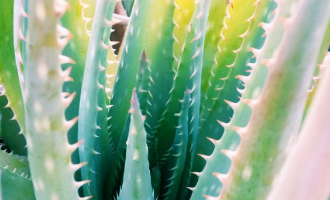
- Aloe Vera (Aloe Barbadensis) is a popular medicinal plant.
- The length of the leaves ranges from 25-30 cm. while the breadth ranges from 3-5 cm.
- The two sides of the leaves have thorny structure with a thorny tip.
- It belongs to liliaceae family.
- It is a perennial plant, growing to the height of 1½ - 2½ ft. Its leaves are long and thick, juicy with a wheel like phylotaxy.
- USA dominates the market (65%) while India and China have a share of 10 percent each which could be enhanced by its commercial cultivation.
Moringa
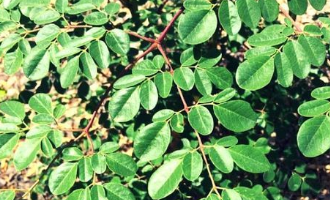
- Moringa trees grow easily from seeds or cuttings.
- The Moringa tree is native to northern India, but today it is common throughout the tropical and sub-tropical region of asia Africa, and Latin America.
- Protect young saplings from termites and nematodes.
- Plant cutting to grow from a cutting: After the trees have stopped producing fruits
- Each year, branches need to be cut off so that fresh growth may take place
- Dig holes 1 ft (30 cm) square and 1 ft deep.
- Moringa seeds have no dormancy periods and can be planted as soon as they are mature.
Banana
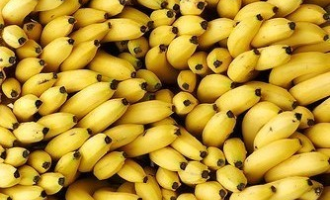
- Banana is the oldest and commonest fruit known to the mankind
- In Maharashtra, 100 g N, 40 g P2O5 and 100 g K2O per plant is recommended.
- It is one of the important fruits, and constitutes second largestfruit industry in India.
- It is best variety for the export purpose.
- Planting of banana is done by two methods viz..Robusta or Harisal
- Banana is a heavy feeder crop.
- Climate: Being a tropical crop, banana requires warm, humid and rainy climate.
- The botanical names of banana are Musa cavendish and Musa paradisiaca, which belongs to the family Musaceae.
- Banana is rich in carbohydrates, minerals such as calcium, potassium, Mg, Na and phosphorous.
- The optimum temperature range is 10 to 400C and the relative humidity is 90% or above.
- Banana pseudostem is chopped and used as cattle feed.
Watermelon
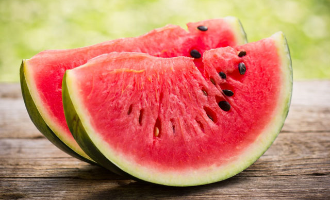
- If you’re growing in rows, space 6 feet by 6 feet apart.
- Do not be concerned if the male flowers fall off.
- Vines produce male and female flowers separately on the same plant.
- Planting : If you live in warmer climes, you can sow seeds directly outdoors, but wait until the soil temperature warms to at least 70°F to avoid poor germination.
- Watermelon vines are very tender and should not be transplanted until all danger of frost has passed.
- Watering is very important—from planting until fruit begins to form.
Sweet Corn
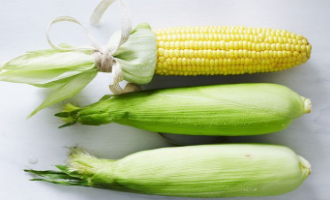
- Since sweet corn needs to be consumed in a short time after harvest, it fits well in periutban agriculture.
- Rapid uniform seed emergence also promotes uniform maturity.
- Some of the recommended sweet corn varieties released for cultivation are Madhuri, Priya and Almora sweet corn in India.
- Good soil to seed contact, uncrusted soil, and optimal soil moisture help seedlings emerge.
- Hence sweet corn can be very profitably grown in areas surrounding large cities and towns which are frost free during the season of growing.
- The market demands sweet corn with long, green flag leaves and dark green husks.
- Land Preparation: Sweet corn requires thorough disc ploughing followed by land leveling initially.
Bamboo
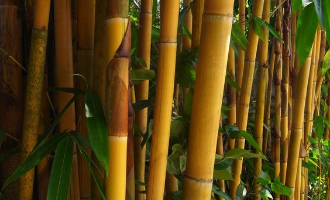
- The common bamboo in Barak Valley is muli bamboo (Melocanna bambusoides) and jati bamboo (Bambusa tulda).
- Most bamboo species produce mature fibre in 3 years, sooner than any tree species.
- In many areas, bamboo resources have dwindled due to overexploitation and poor management.
- It adapts to most climatic conditions and soil types, acting as a soil stabilizer, an effective carbon sink and helping to counter the greenhouse effect.
- It grows on marginal and degraded land, elevated ground, along field bunds and river banks.
- Introduction Diminishing resources and availability of forest wood and conservation concerns have highlighted the need to identify substitutes for traditional timbers.
- Some bamboos grow up to 1 metre a day, with many reaching culm lengths of 25 metres or more.
- The role of bamboo in community agroforestry as a means of generating income for the rural poor is very important.
Nimboo
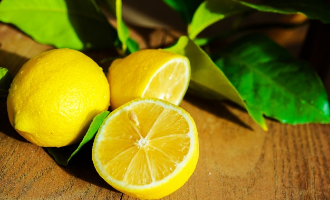
- Commonly grown lemon varieties are Assam lemon, Italian lemon, Pant lemon, Galgal and Eureka lemon, Sevilla and Malta lemon varieties are popular in South India.
- These are known as Mrig Bahar, Hast Bahar and Ambia Bahar respectively.
- Limes and Lemons Lime or Acid lime (Citrus aurantifolia swing) is more popular in India than lemon (Citrus limon).
- Acid lime is cultivated largely in Andhra Pradesh, Maharashtra, Tamil Nadu, Gujarat, Rajasthan, Bihar and to a limited extent in other states.
- Bearing trees should get regular watering at 10-15 days during summer and 15-20 days interval watering at 10-15 days during summer and 15-20 days interval during winter.
- Lemons can be grown in heavy rainfall humid regions.
- Fruits of September-October (Hast Bahar) flowering harvested during summer months are most remunerative.
- They are used as fresh fruit or for the preparation of pickles and beverages. However, in heavy rainfall area September-October would be appropriate planting season.
- Climate: Areas with dry climate and low rainfall are best suited for growing limes.
Sugarcane
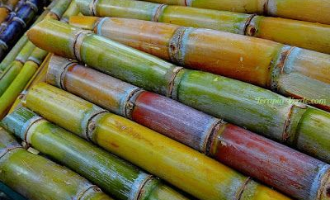
- Sugarcane is the main source of sugar, gur and khandsari.
- About two-thirds of the total sugarcane produced in India is consumed for making gur and khandsari and only one third of it goes to sugar factories.
- In fact, area under sugarcane cultivation decreased from 4.4 million hectares in 2002-03 to 4.0 million hectares in 2003-04.
- Too heavy rainfall results in low sugar content and deficiency in rainfall produces fibrous crop.
- Sugarcane belongs to bamboo family of plants and is indigenous to India.
- India has the largest area under sugarcane cultivation in the world and she is the world’s second largest producer of sugarcane next only to Brazil.
- As in case of production, area under sugarcane cultivation registered a rapid increase from 1.7 million hectares in 1950-51 to 4.1 million hectares in 1998-99 after which the area under sugarcane cultivation increased at a slow rate.
- It requires hot and humid climate with average temperature of 21°-27°C and 75-150 cm rainfall.
- It can grow on a variety of soils including loams, clayey loams, black cotton soils, brown or reddish loams and even laterites.
Cucumber
- Cucumbers are a versatile crop.
- Be it pickling, mixing into a salad or snacking right off the vine, cucumbers are a great choice.Growing cucumbers is just as easy.
- Alternately the cucumber seeds can be germinated in peat plugs.
- It is good to start with a rich fertile potting mix for a good harvest.
- Cucumber plants will require lots of water during the growing stage due to its large sized leaves.
- When to plant cucumber seeds Cucumber plant is a warm weather crop and loves full sun.
- Ensure the soil doesn’t get dry. Feed them regularly with rich compost or a good water soluble fertilizer.
- Pickling types are shorter in length whereas the slicing cucumbers are longer and usually grow upto 6-8 inches in length before it is harvested.
Neem
- Neem (Azadirachta indica) is a tree in the mahogany family Meliaceae. It is one of two species in the genus Azadirachta, and is native to Bangladesh, India, Myanmar, and Pakistan growing in tropical and semi-tropical regions
- Neem has been universally accepted as a “WONDER TREE” Tree of 21st century
- In India, the tree is variously known as "Divine Tree", "Nature's Drugstore"and "Panacea for all diseases". Products made from neem have proven medicinal properties, being anthelmintic, antifungal, antidiabetic, antibacterial, antiviral, anti-infertility, and sedative. It is considered a major component in Ayurvedic medicine and is particularly prescribed for skin disease.
- Neem twigs are used for brushing teeth in India, Bangladesh, Pakistan and Saudi Arabia. This practice is perhaps one of the most effective early forms of dental care.
- All parts of the tree (seeds, leaves, flowers and bark) are used for preparing many different medical preparations.
- Neem oil is used for preparing cosmetics (soap, shampoo, balms and creams), and is useful for skin care such as acne treatment, and keeping skin elasticity.
- Practictioners of traditional Indian medicine recommend that patients suffering from Chicken Pox sleep on neem leaves.
- The neem is a tree noted for its drought resistance. Normally it thrives in areas with sub-arid to sub-humid conditions, with an annual rainfall between 400 and 1200 mm. Neem can grow in many different types of soil, but it thrives best on well drained deep and sandy soils (pH 6.2-7.0). It can tolerate high to very high temperatures. It does not tolerate temperature below 4 °C (leaf shedding and death may ensue).









